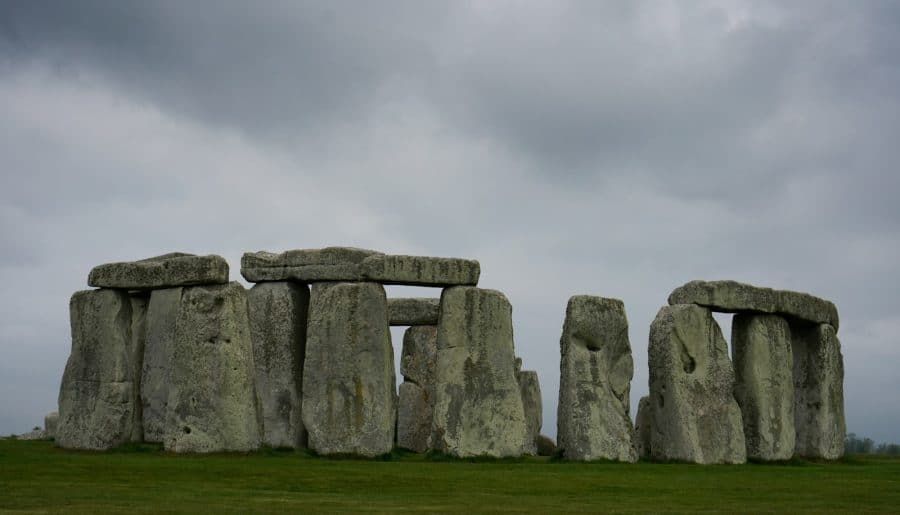Did you know that Stonehenge, which is located in Salisbury Plain in Wiltshire, England, is one of the world’s most famous prehistoric monuments?
It’s also known for being the only stone circle that still exists today and has been protected as a UNESCO World Heritage Site since 1986.
About 1 million people visit Stonehenge yearly to celebrate how it lines up with the sun during the solstice.
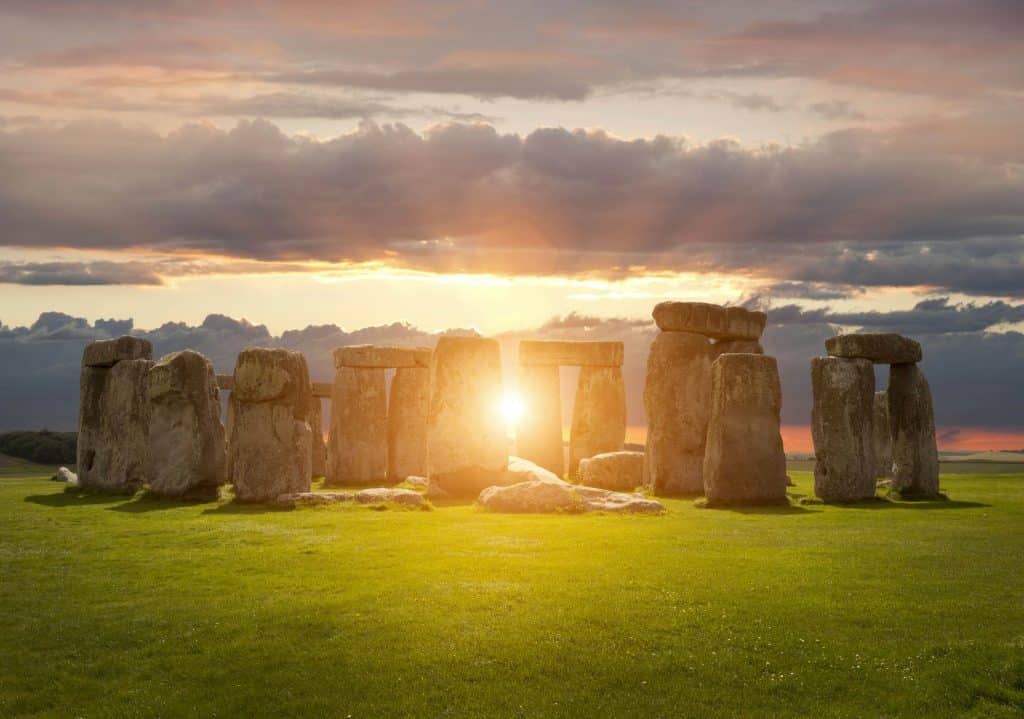
Amazing, right?
Solstice is the official astronomical start of summer and the longest day of the year. It happens when the Earth’s pole is tilted toward the sun at the largest angle possible. There also is a winter solstice when the tilt is in the maximum opposite direction, which results in the shortest day of the year.
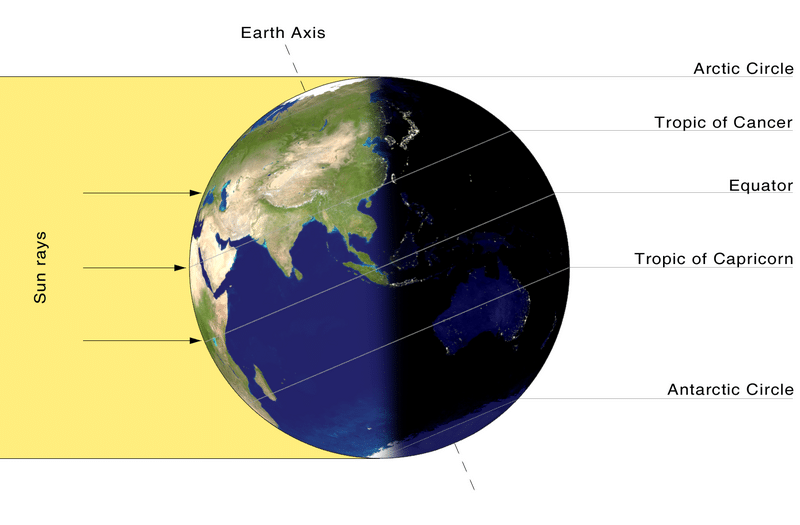
This prehistoric stone circle monument is made up of about 100 huge stones standing upright in a circle, located in the middle of a wide-open area. It’s believed that Neolithic builders, also known as New Stone Age people, took around 1,500 years to build it!
For centuries, many people, especially historians and archaeologists, have been puzzled about how Stonehenge was made and why it was created.
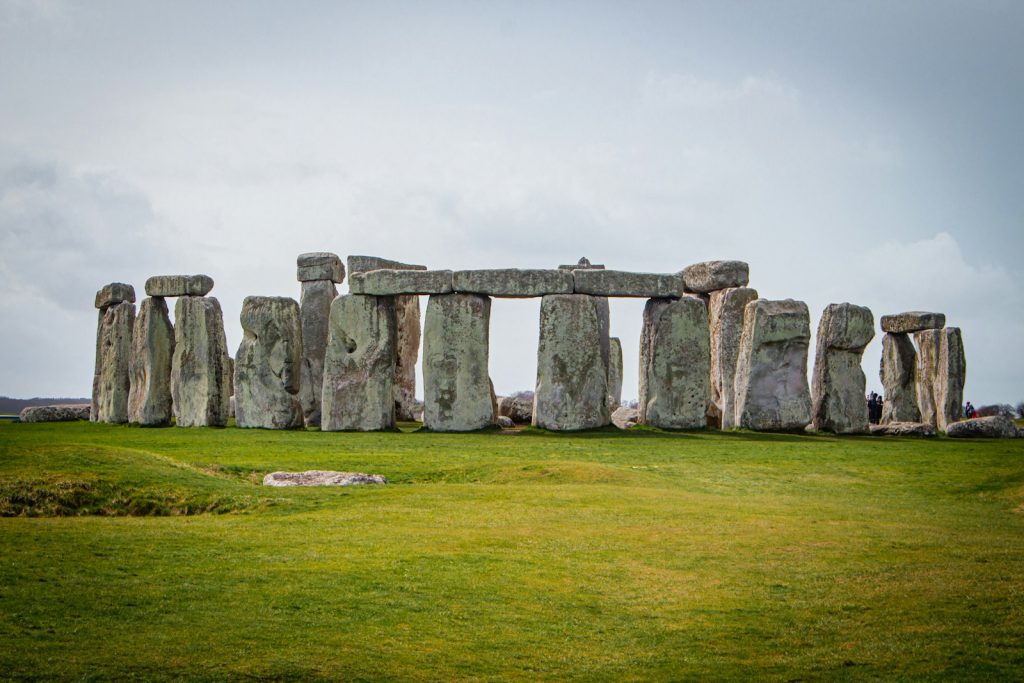
Some experts speculate that it was once a burial ground; others believe it was a place of worship or a way to track the stars and seasons.
There were also those who thought it was created by aliens. The idea became well-known from the 1968 book Chariots of the Gods. The author, Erich von Däniken, suggested that aliens might have built famous landmarks like Stonehenge.
Experts have also wondered how ancient people, without any modern tools, could construct such a huge structure and move such large, heavy stones to the location.
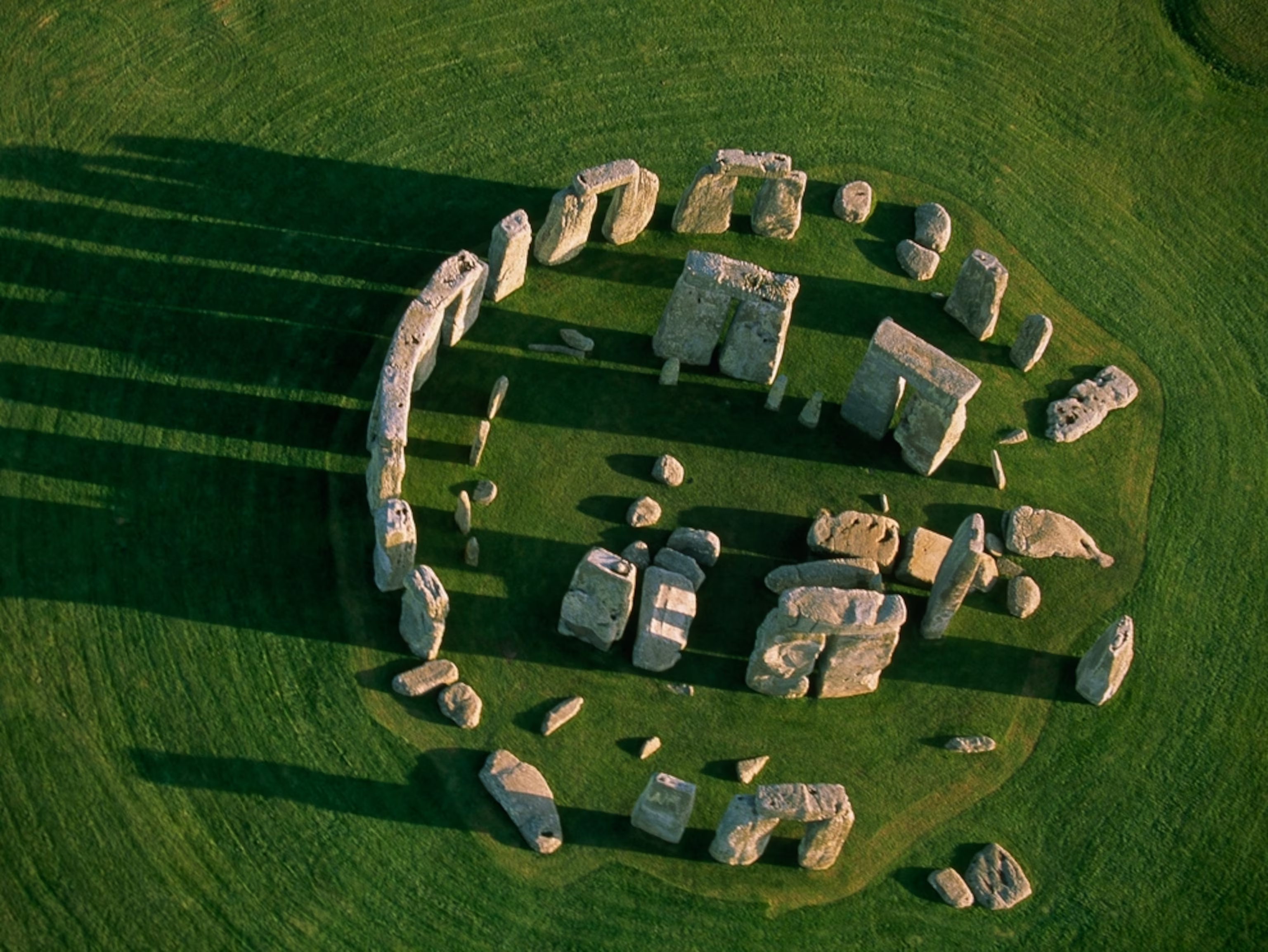
You see, Stonehenge consists of various stones, categorized mainly into sarsen stones and bluestones, with the Altar Stone being the biggest bluestone.
- Sarsen Stones: These are the big stones you probably picture when you think of Stonehenge. They stand tall and form the outer circle and the trilithons. Trilithons are pairs of huge stones standing upright with another stone lying across the top.
- Bluestones: The bluestones are a bit smaller than the sarsen stones. These stones are arranged inside the circle of sarsen stones in two formations known as the bluestone circle and the bluestone oval.
- Altar Stone: This single, large stone lies inside the Stonehenge circle. It’s different from the sarsen stones and the bluestones because it’s made of a type of sandstone called micaceous sandstone, which has little flecks of shiny minerals.
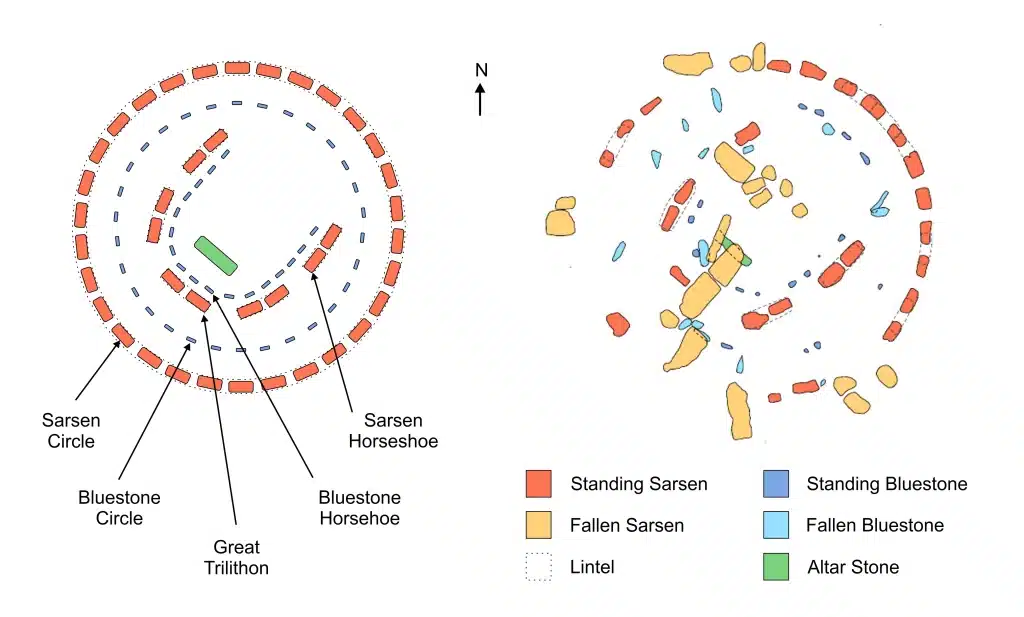
For years, researchers have been trying to figure out where the stones of Stonehenge came from. But now, they’ve finally found where most of the stones are from, and they’re getting closer to discovering the Altar Stone, the special stone in the center of Stonehenge.
New research has found that some of the bluestones might have been taken from the Mynydd Preseli in Wales, more than 220km from Stonehenge, while the big sarsen stones were locally sourced from the Salisbury Plain.
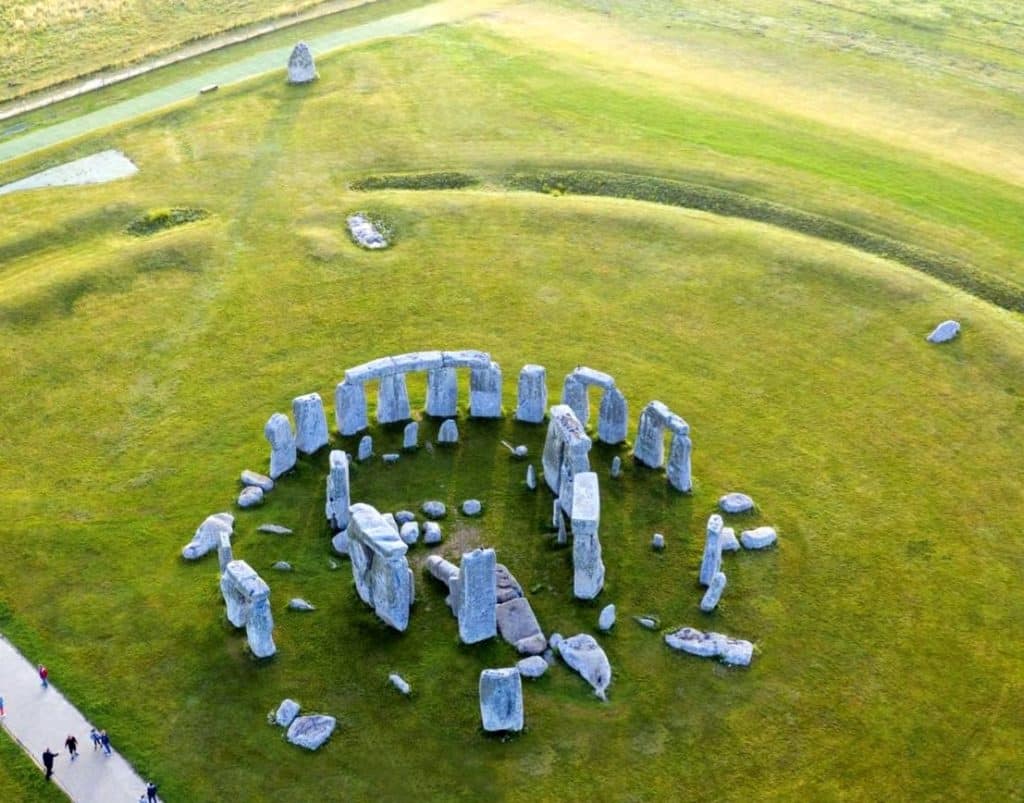
On the other hand, the materials and age of the Altar stones indicate they come from a place in Scotland, which is about 466 miles away from where the monument stands.
Now, you might wonder, “How did the researchers discover where the stone came from?”
Richard Bevins, an earth scientist from Aberystwyth University in Wales, has been studying the source of the altar stone for 15 years. He and his team compared the stone’s chemistry with rocks from all over Wales and parts of England.

Image Credit: Nick Pearce/Aberystwyth University
Bevins collaborated with Anthony Clarke, an earth science student from Curtin University in Perth, Australia.
Their latest research looked at the age and chemistry of tiny mineral bits in the altar stone, like zircon, rutile, and apatite. Since they couldn’t take new samples from the altar stone, they used a piece removed in 1844.

This piece matched the overall chemical composition of the altar stone. The team figured out how old the minerals in the sandstone were and where they might have come from by looking at similar rocks in Great Britain and Ireland.
They discovered that the best match was with sedimentary rocks from the Orcadian Basin in northeast Scotland. The Grampian Mountains and the Northern Highlands have been breaking down into tiny rock bits for about 400 million years, and these bits ended up in the sandstone chosen as the altar stone.
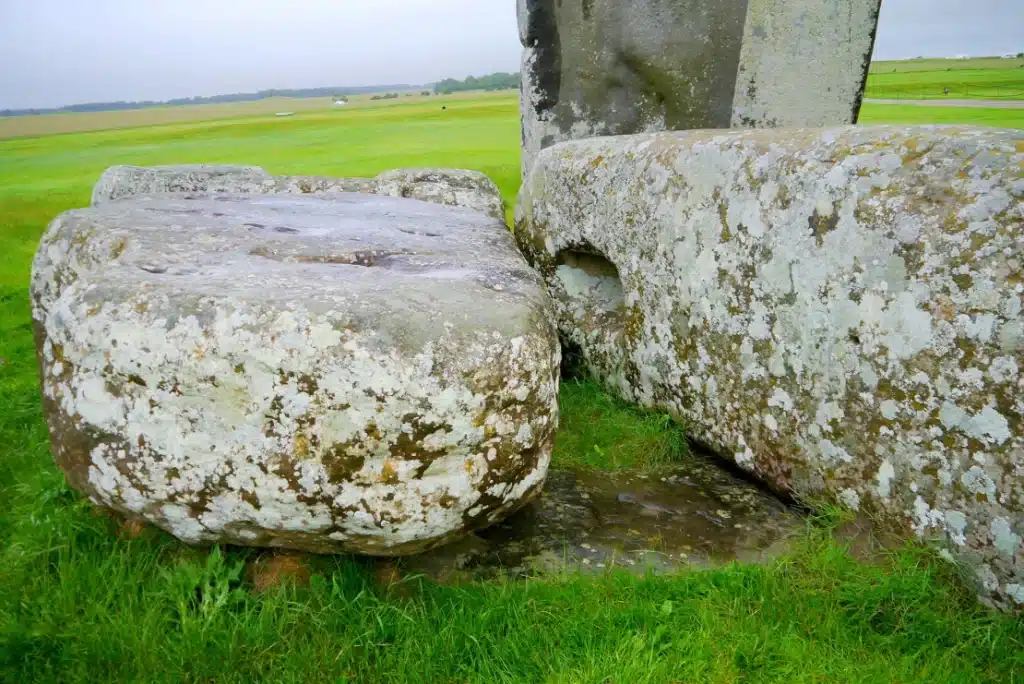
Image Credit: Nick Pearce/Aberystwyth University
Nick Pearce, a geologist and co-author of the study from Aberystwyth University, said, “Northeast Scotland was the only place that matched. The unique signatures we found are very telling. I doubt we’d find a match like this anywhere else.”
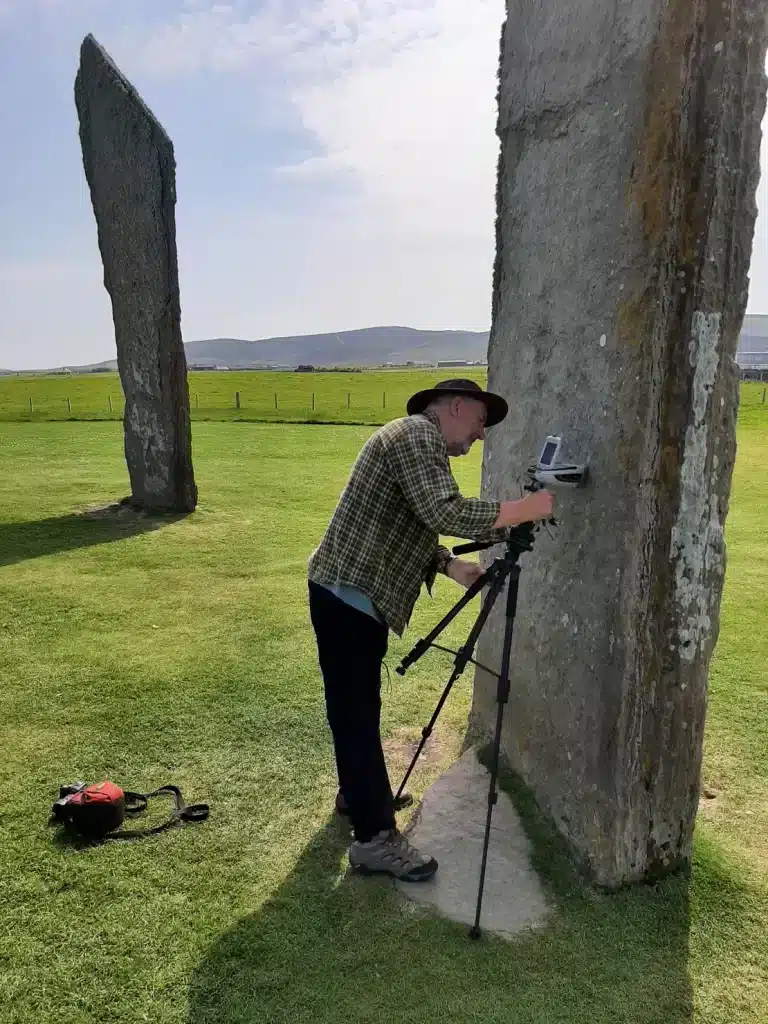
Image Credit: Richard Bevins/Aberystwyth University
Now, How did the Altar Stone get to Stonehenge?
How Neolithic people could have transported a sandstone block such a long distance is still unclear. Some experts thought ice glaciers might have carried it to the location.
However, according to David Nash, a scientist who studies land and rocks at the University of Brighton in England, glaciers could not move a sandstone block that big from northern Scotland to Stonehenge. Ice might have moved it a bit, but not all the way.

Image Credit: The Stones of Stonehenge, CC BY-NC-ND
Moving the stone over land would have been really difficult, too. Scotland has many mountains, and Britain was full of forests back then.
The researchers think that ancient people possibly moved the stone by water. They might have sailed along the coast and used rivers to get closer before carrying the stone the rest of the way.
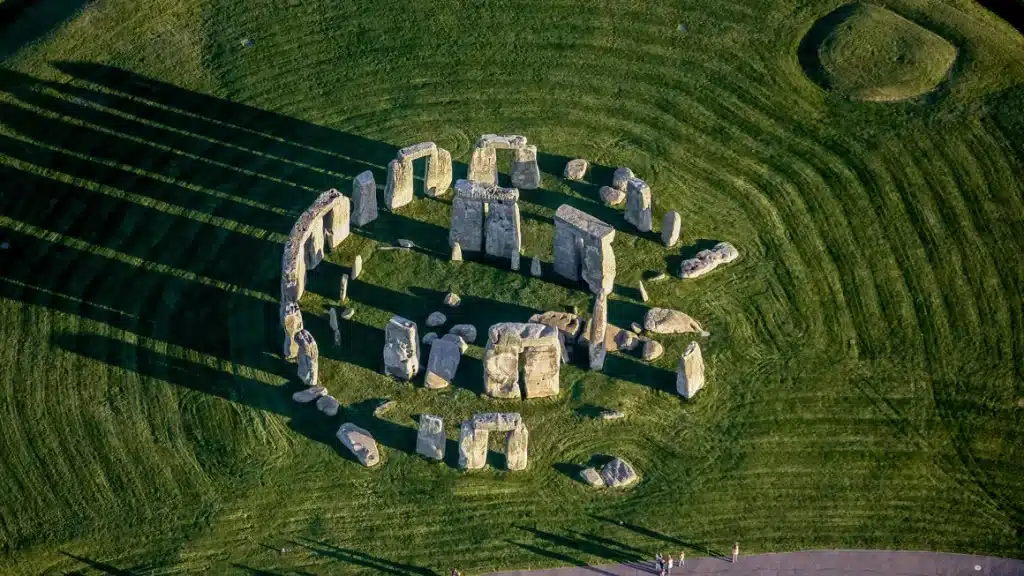
Jim Leary, an archaeologist at the University of York in England, also said people back then moved heavy things like cattle off by sea and had boats to travel between islands.
Now, before I end this post, here’s a video explaining why the Stonehenge was made:
Now, here are some of Stonehenge’s secrets:
Have you ever seen Stonehenge in person? How do you think they moved those heavy stones? Comment below with your thoughts.
